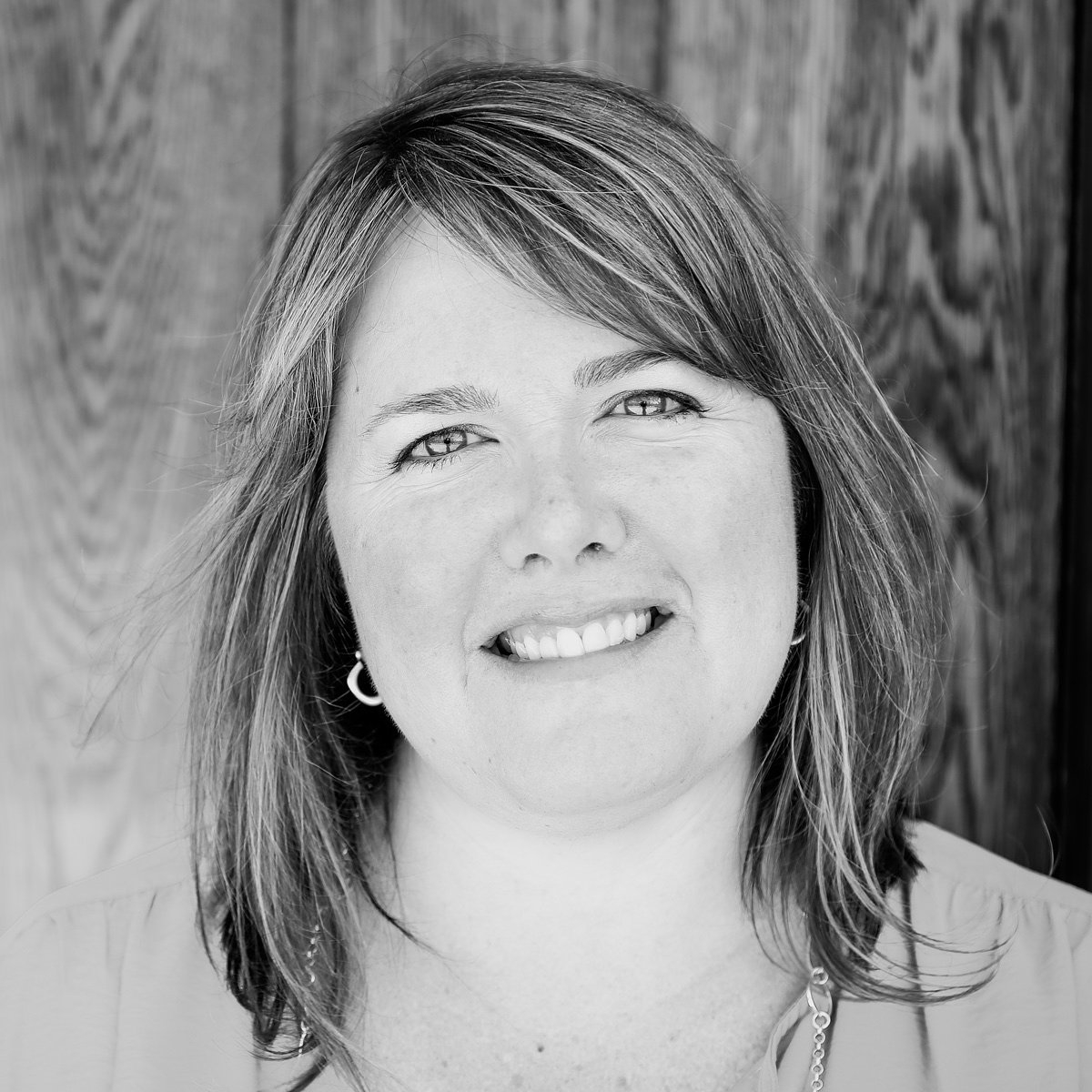If you haven’t heard of Change the World By How You Shop, you’re in for a real treat! LeeAnne McCoy has been a member of the Signify community since the early days, and I can testify that she and her ethical shopping guide are dedicated to helping people find products that they’ll not only love, but allow them to make a difference.
And in the course of researching brands to include in her guide, LeeAnne has had dozens of conversations with makers and founders, and has unique insight into why some brands can turn their customers and donors into passionate fans while others simply sell their goods.
I’ve asked her to share those differences with you in the hopes that you can also make the leap from store to sensation. Because when you can successfully turn customers into advocates, you’ll be able to take your mission to a whole new level and make a bigger impact.
A few months ago, one of Mercy House Global’s homes for teenage moms in Kenya burned to the ground. And in a passionate response to the tragedy, I watched the bars quickly fill up on their online fundraising campaign. Within a matter of hours, they raised thousands of dollars—enough to replace all the items lost in the fire including clothes, beds, and more for the young moms and their little ones.
And recently, Shelley, founder of Papillon, was visiting Haiti. She shared with her Facebook followers some of the medical needs of the artisans who work for her. Before she got on her flight home the next morning, she was able to tell her employees that people they had never met had donated enough to cover all their medical expenses.
These kinds of stories are actually common for these two nonprofits. Not only do they quickly raise funds for their needs, but they also frequently sell out of newly released fair trade products. Why?
They both have a very loyal following of customers and donors who are as passionate about their mission as they are.
So, how can you turn your customers and donors into fans as loyal as those who follow Mercy House Global and Papillon? Below are four ways nonprofits and social enterprises turn followers into passionate fans.
1. Be Real
Lauren, owner of the small ethical online boutique Naupaka, is not afraid to admit her mistakes. As a one-woman-show, she sometimes sends out newsletters twice or sale notices on the wrong day and then sends a funny apology email with the correction.
Her transparency makes shopping from her online store feel like shopping at your local brick and mortar.
Shelley from Papillon is also very transparent about her challenges in running a nonprofit, as well as her relationships with her employees. She recently posted a live cell phone video on Facebook of the Papillon workshop in Haiti. Watching the banter, the smiles, and even those who ducked down because they were too shy to be on camera was like being there in person. This did far more to inspire support for Papillon than any professionally recorded video could have done.
Your supporters are inundated constantly with advertisements and requests for donations, but a sense of authenticity can make your requests stand out from the crowd.
2. Be Personal
Because of the pandemic, connecting in person with your followers may not always be possible, but there are numerous ways to personally connect from a distance.
A handwritten note goes a long way. I treasure the many handwritten notes I have received from various social enterprises and artisans I support through Change the World by How You Shop. A personal email can have the same impact.
Facebook offers some great opportunities for connecting personally with your followers. Shop with a Mission has had to close the doors of their fair trade store in California all year because of COVID-19. However, they started weekly Facebook live shows where they laugh, tell jokes, host giveaways, and show off products. By watching the live shows, both local and out-of-state followers get to connect personally with the owners and employees.
Several other fair trade shops have utilized Facebook to introduce international artisans via live video. Others, like Mercy House Global, have created an “insiders” group which invites a small group of their fans to be a special part of their mission. Shelley from Papillon goes one step further and “friends” customers and donors on her personal Facebook page.
People are more likely to support organizations they have a personal connection to. Thus, the common joke about “Mom is my biggest fan.” Whatever method you employ, keep looking for ways to help your followers feel like they are personally invested in you and your mission.
3. Be Specific
Recently, I purchased a basket from Eternal Threads, a nonprofit fair trade organization. Beautiful as the handwoven basket is, I bought it not just for its beauty or because I wanted to support a generic cause such as fighting poverty in Africa. I bought it because it was Rosemary’s basket. From following Eternal Threads, I had learned Rosemary’s story, how she lost both her parents and was raising her younger siblings and selling baskets to pay their school fees. I bought her basket to remind me to pray for Rosemary and because she inspires me.
Even when you cannot share names or pictures, you can still be specific:
Likewise, Papillon recently shared that one of their employees’ sons was HIV positive. Because of the stigma around HIV, they could not share names or pictures, but they shared enough details of the story to inspire many to donate.
And when Mercy House Global started their fundraising campaign after the fire, they raised funds for specific needs, one at a time, such as mosquito nets, beds, and toddler clothes. Each individual need they posted was quickly provided for by donors who understood their mission, what was being asked of them, and what the result would be from their contribution.
4. Follow Up
Giving frequent updates on your supporters’ impact will strengthen their commitment to your mission. Papillon sends frequent updates to the donors who contributed to their employees’ medical needs. And Mercy House continues to send updates on the teen moms who lost their homes in the fire and the new homes they hope to purchase for them.
Eternal Threads, who sells Rosemary’s baskets, continues to share her story. Recently, her little brother was robbed and beaten on the way to work and his cell phone and bicycle were stolen. When they shared the need for donations to cover his medical care, it was simply one more chance to be part of an ongoing story. The update and personal thank you from Rosemary they forwarded to donors ensured they would be quick to participate in the future as well.
Every little step you take towards having authentic, personal, specific, and ongoing communication with your followers will help build their relationship with you. And nurturing those relationships over time will turn customers and donors from occasional supporters into passionate fans who will be vital partners in accomplishing your mission.
It’s certainly worked for the organizations above. How will you make it work for you?
LeeAnne McCoy is a mother of six young children and a piano teacher in Washington State. In her "spare time," she is also the creator of Change the World by the How You Shop, an online ethical shopping guide which makes it easy to find products from brands that go beyond ethical and fair trade to change lives around the world. Her mission is to support those brands by helping more people discover their products.
PIN THIS POST FOR LATER:
I’m Kristi Porter, and I help cause-focused organizations understand and execute effective marketing campaigns so they can move from stressed to strategic. Your resources may be limited, but your potential isn’t. Whether you’re a nonprofit, social enterprise, or small business who wants to give back, I’ll show you how to have a bigger impact.















































